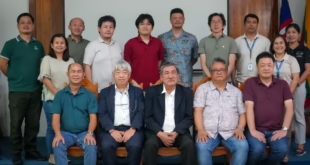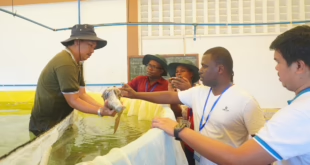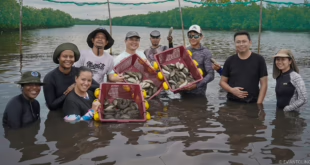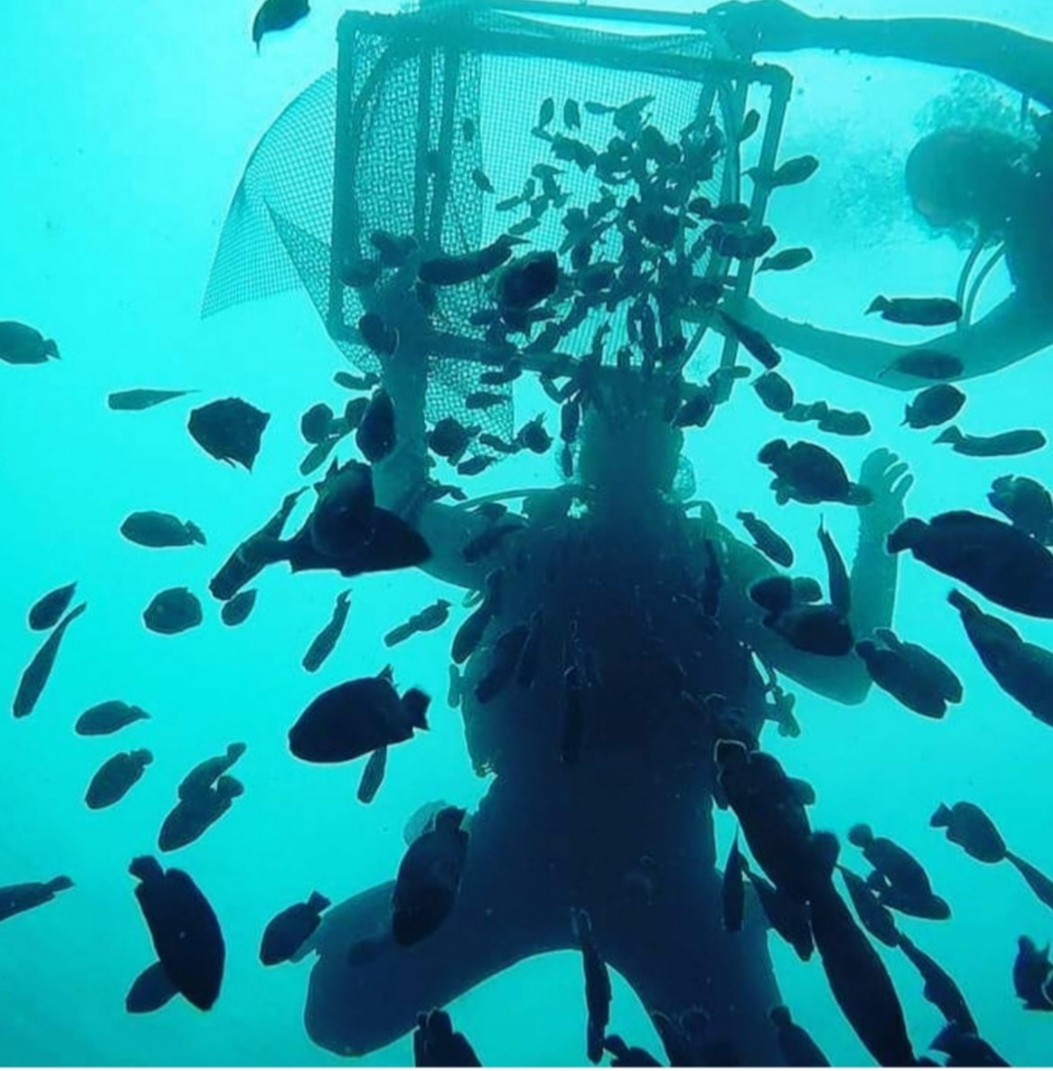
In Brazil, declining populations of grouper make it one of the country’s endangered species. However, Claudia Kerber, a former SEAFDEC/AQD trainee, is at the forefront of its conservation and repopulation for more than a decade.
“The grouper is an endangered species according to IUCN [International Union for Conservation of Nature]. As we produced fingerlings, we thought that repopulation programs would be possible,” Kerber shared in an interview.
As early as 2002, Kerber and her partner, Pedro Antônio dos Santos, launched Redemar Alevinos, a laboratory and hatchery, where they have been primarily producing Bijupirá, also known as cobia (Rachycentron canadum), and Garoupa, or dusky grouper (Epinephelus marginatus).
The laboratory first started out of concern for the local fishing communities in their area that heavily rely on artisanal fishing as a means of livelihood. Kerber stated that as fish catches have been declining, they thought that producing fish was the solution.
Kerber, who attended SEAFDEC/AQD’s 37-day International Training Course on Marine Fish Hatchery in 2010, shared that they operated REDEMAR through a combination of European indoor and Asian outdoor production.
“Asian tradition in fish production is huge and the technology is more suitable to our reality,” she said. Kerber further explained that since the production of fingerlings in Europe and the United States depend on technology and equipment that they could not afford in Brazil, they decided to take a course on marine fish hatchery at SEAFDEC/AQD to gather knowledge on fish production without relying on too much equipment.
“Before visiting [SEAFDEC/AQD], we didn’t evolve because we couldn’t understand how to make the production without relying on so much technology. With [SEAFDEC/AQD], we learned creative solutions and developed our own protocols that are a mixture of European indoor and Asian outdoor production,” she elaborated.
Redemar then continued to grow its operations and made a name for itself as the only hatchery rearing marine fish fingerlings in Brazil, supplying universities and other producers in the country.
“Developing production protocols for dusky grouper fingerlings is for sure one of Redemar’s greatest achievements. It took us 10 years.” Kerber explained.
Social work and ATEVI
In 2006, Kerber and her team then expanded their social work towards grouper conservation and established the Associação Ambientalista Terraviva (ATEVI), a Brazilian NGO dedicated to “ocean conservation and social development of traditional communities through the implementation of mariculture in small units and environmental education.”
Under ATEVI, she executed several educational campaigns and repopulation programs for groupers.
From 2013 to 2015, ATEVI launched The Garoupa Project which aimed at raising community awareness of the dangers brought about by the extinction of dusky grouper.
Kerber and her team also helped develop technology to produce larvae and consolidated larviculture research, obtaining significant advances in production protocols for grouper fingerlings.
The team also mapped habitats and assessed the degraded, preserved, and upwelling areas through scuba diving and placement of tracking chips. Juveniles were also released with telemetry monitoring to learn more about the feasibility of repopulation projects.
Environmental education through lectures, workshops, and hatchery visits was also launched by the organization in seven municipalities in Rio de Janeiro (Angra dos Reis, Itaguaí, Mangaratiba, Paraty, Cabo Frio, Arraial do Cabo and Búzios) and four in São Paulo (Ubatuba, Ilhabela, Caraguatatuba and São Sebastião).
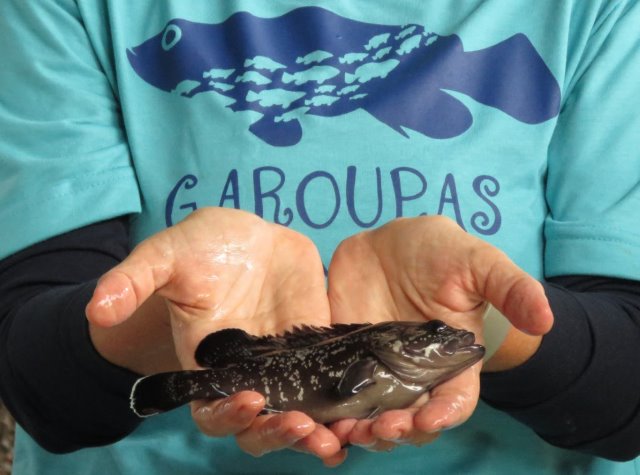
Replenishing wild grouper in Brazil
ATEVI is also working on Projeto Garoupeta, an initiative aiming to replenish the population of dusky grouper in the wild, a threatened species under Administrative Measure MMA 445/2014 in Brazil.
The project took its first steps through the genetic analysis of broodstock to choose the best couples. Fingerlings with the closest characteristics to the local population were selected and raised, suitable areas with burrows were located, and feeding was conducted through reconnaissance dives.
“We are still raising funds through public calls that involve environmental protection. Especially in the Decade of the Oceans, there are many opportunities for coastal marine recovery. With these resources, we are now expanding the repopulation to other areas where the dusky grouper population is impacted, or even disappeared.” Kerber explained.
With the onset of the COVID-19 pandemic however, Kerber said that ATEVI had to undergo some changes to some of their projects. Information dissemination campaigns were conducted by participating in lives and meetings as well as distribution of educational materials through social networks. Face-to-face visits of schools to their hatchery were also suspended.
ATEVI also has a seat at CONSEMA, the State Council for the Environment and the highest consultative, normative, appealing body in Sao Paulo. CONSEMA serves as a democratic forum to discuss environmental problems and acts as a catalyst for demands and proposing measures aimed at improving the State’s environmental management.
“Groupers are top-of-the-range species which means they are fundamental to keeping the ecosystem balanced. So, restoring the grouper population also means restoring the health of reef ecosystems,” Kerber stated.
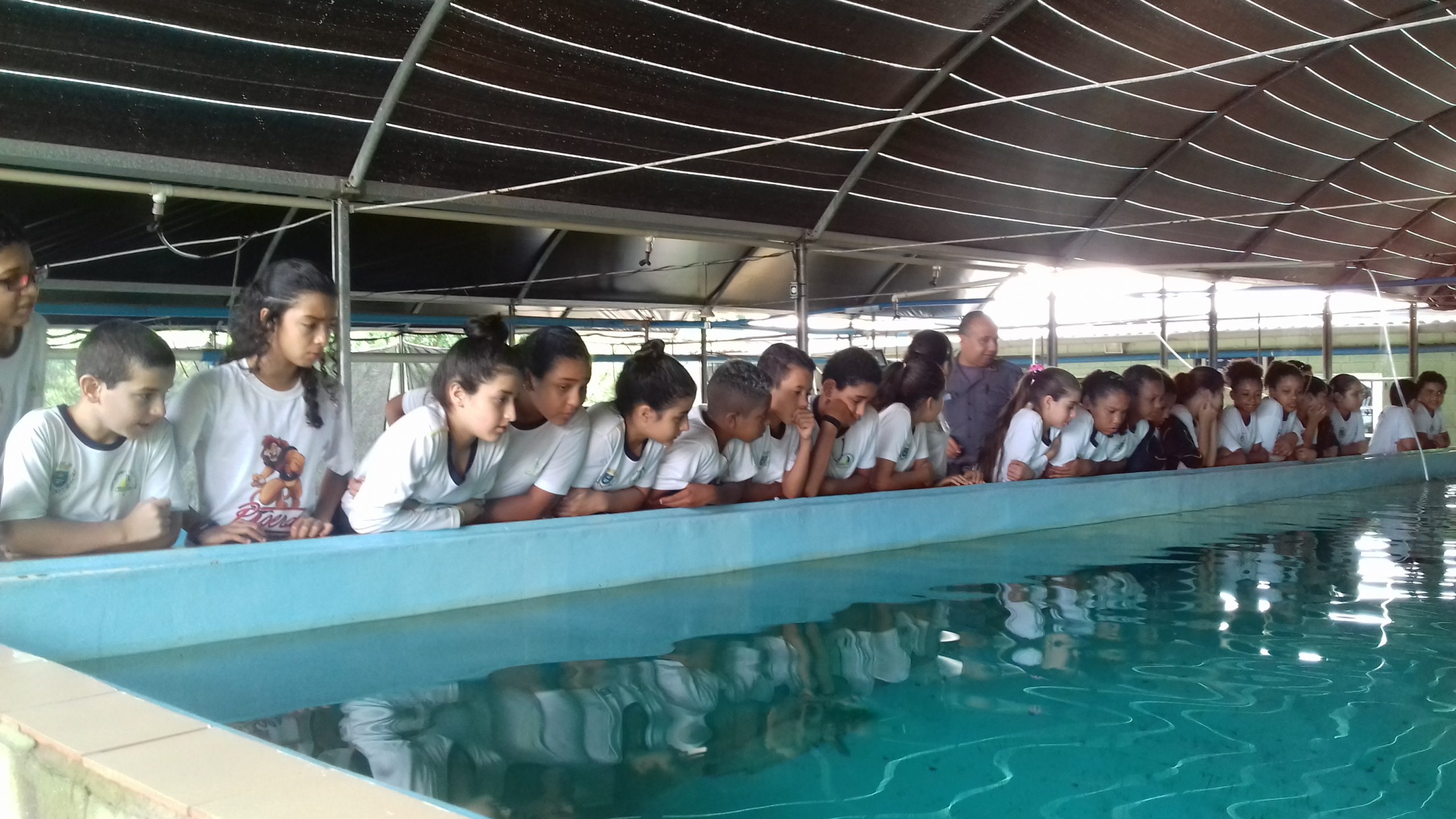
Learn more about ATEVI and Claudia Kerber’s social work through this website: ATEVI.ORG.BR
Learn more about REDEMAR ALEVINOS through this link: REDEMARALEVINOS.COM.BR
 SEAFDEC/AQD Southeast Asian Fisheries Development Center | Aquaculture Department
SEAFDEC/AQD Southeast Asian Fisheries Development Center | Aquaculture Department
